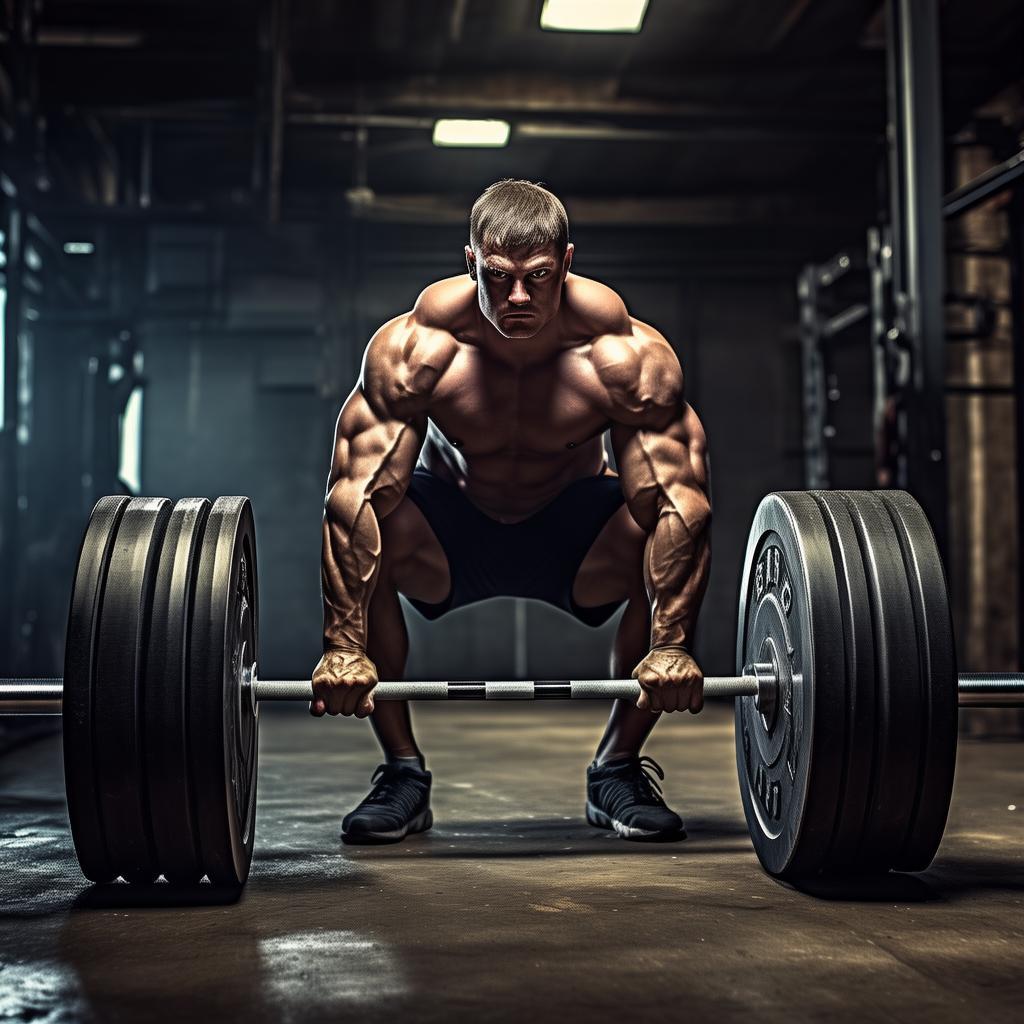Introduction
On August 26, 2023, we are about to embark on an in – depth exploration of dumbbell flyes. Whether you are a beginner or a seasoned fitness enthusiast, the barbell bench press is often a staple in your workout routine. However, many tend to overlook the dumbbell fly. While it may be slightly less effective than the bench press in increasing pectoral girth, it outshines the bench press in carving out chest details and separation. What’s more, when performing flyes, the triceps don’t play the same role as in the bench press, enabling better isolation of the pectoralis major. The dumbbell fly is also one of the few pectoral exercises based on “Centrifugal contraction”, which promotes more pronounced muscle – fiber tearing and muscle growth (hypertrophy).
Movements and Techniques of Dumbbell Flyes
Let’s start with the plank dumbbell flyes. First, lie on your back on a flat bench and raise the dumbbells over your chest. Clench your shoulder blades tightly, similar to the bench – press posture, and slightly arch your lower back. Keep your scapulae locked and lower the dumbbells to the sides, feeling the stretch of the anterior chest and deltoids. Remember, this movement doesn’t require heavy weights. The key is to keep your elbows slightly flexed and stationary to isolate the pectoral muscles responsible for shoulder joint inversion. Then, in the centrifugal/delegation phase, open the pectoral muscles and increase the distance between the two dumbbells, focusing on the movement depth to avoid shoulder discomfort. Reach a fully extended position, hold for a short stretch, and then contract the pectoral muscles to start the upward movement. During the reduction phase, keep the scapulae tightened and fixed downwards to reduce stress on the anterior shoulder fasciculus. Return to the starting position, squeeze the pecs and do a ‘bearhug’, maintaining the ‘bearhug’ upwards instead of simply pushing upwards, and ensure the dumbbells don’t touch at the highest point.
Benefits of Dumbbell Flyes
For most fitness – goers, there are three main benefits of incorporating dumbbell flyes into training. Firstly, it can increase chest muscle hypertrophy/circumference. As an isolation movement, it helps build muscle mobility and target specific muscles that can’t be loaded enough through compound multi – joint bench press training. Adding dumbbell flyes to your routine can enhance muscle work, strengthen chest bulk, and increase strength potential. Secondly, it adds dimension to pectoral training. Dumbbell flyes are valuable for enriching chest training, often maximizing the size, detail, and growth of the overall pecs. Multi – angle dumbbell flyes can further stimulate new muscle fibers and hypertrophy. Thirdly, it provides isolated stimulation of the pecs. While multi – joint compound movements are great for overall strength, if you want to specifically target your pecs for development or injury prevention, dumbbell flyes are a great choice. They can also minimize the risk of excessive wear and tear on the triceps, elbows, wrists, and shoulders that may occur in some compound pushing movements.
Muscles Worked in Dumbbell Flyes
The dumbbell fly is an isolation movement for increasing pectoral muscle mass. The main muscle targeted is the pectoralis major, as this single – joint movement allows for specific isolation of pectoral fibers with minimal involvement of other supporting muscles. The anterior deltoid also supports the pectoral muscles during the movement, although it’s not the main muscle group. Additionally, scapular stabilizing muscles are active as they help stabilize the shoulders and the shoulder joint during the movement. Without proper shoulder stabilization, the anterior deltoid may be over – recruited, reducing the efficiency of the dumbbell flyes.
Who Should Do Dumbbell Flyes?
Strength athletes can benefit from dumbbell flyes as they can bring about pectoral muscle hypertrophy and growth. They can also be used to strengthen the bench press, improve power production and pectoral muscle strength at the end range, and aid in injury recovery. Bodybuilders can use dumbbell flyes, a powerful single – joint chest exercise, to increase pectoral hypertrophy development. It can be done after major heavy – weight movements to maximize muscle – fiber destruction or at the beginning of a workout to pre – fatigue the muscles and activate the pecs for growth. For general health purposes, while most fitness programs rely on multi – joint compound movements, dumbbell flyes can still be added if desired.
Arrangement of Dumbbell Flyes
For general strength training, complete 4 – 6 sets with 4 – 6 reps, and rest for 60 – 90 seconds between sets. Be cautious with heavy weights as they can strain the shoulders and pecs. For muscle hypertrophy, do 4 – 6 sets with 8 – 12 reps, resting 60 – 90 seconds between sets (medium to heavy weight training). To train muscular endurance, do 2 – 3 sets with 12+ reps and rest for 60 – 90 seconds between sets.
Variations and Alternatives of Dumbbell Flyes
There are two variations of dumbbell flyes. The upward incline dumbbell fly, lying on an upward incline bench, targets the upper pecs. The downward incline dumbbell fly, lying on a downward incline bench, targets the lower edge of the pectoralis major. As for alternatives, the butterfly machine chest clamps are a great option for those who can’t maintain the correct position for flyes or have wrist/elbow discomfort. The rope pinch chest, similar to the bird of prey, can be done seated or standing, emphasizing parietal contraction and addressing shoulder instability with multiple – angle movements.
Some people may experience shoulder discomfort during dumbbell flyes despite tightening the shoulder blades. If this is the case, it may be best to focus on barbell presses, dumbbell bench presses, and other pectoral – building movements instead.





